We all want to look beautiful as soon as we wake up, but sometimes we need a little help to make our skin look flawless. If you’re blessed with the smooth and poreless surface, you’re one of the lucky ones!
For most men and women, their skin is their primary concern because it’s the first thing that people see when they are interacting with us, which is why most of us prefer using a little bit of makeup to enhance our natural features.
Even though we try our best to look better with makeup, sometimes, the powder doesn’t work for us. However, you don’t need to worry– this happens to the best makeup artists all the time too.
Now, let’s go through some tips that might help your makeup look better all the time!
Contents
1. Perfect Lighting
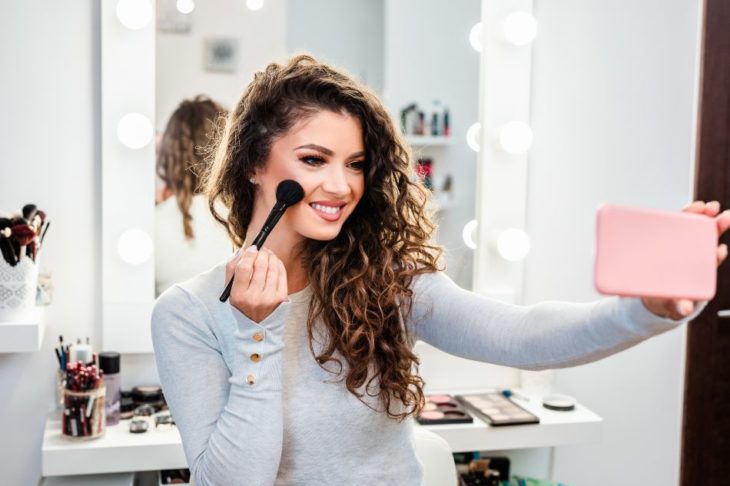
Source: PageOne Lighting
Having the ideal lighting to complete our makeup routine is key to our success. We all get ready at different times of the day, which is why you must think about when you get ready the most to get the perfect setup.
For example, if you’re always applying makeup at hours when the sun isn’t out, you might want to opt for artificial lighting. However, if you get ready in the morning or the afternoon, natural light is the best option.
Natural lighting is always the best option because it allows us to see how our makeup is going to look on the street. Sometimes, when we use artificial light, we think that everything looks flawless, the sunlight can say otherwise.
We need to have different options in terms of lighting, which is why technology has brought us smart lights to fulfill all our needs. Bright lighting lets you adjust the hue, intensity, brightness, and more according to your taste, so shop now for one of these lights if you want to have absolute control and experiment with different lighting to find out which one you like the most.
2. Moisturize Beforehand
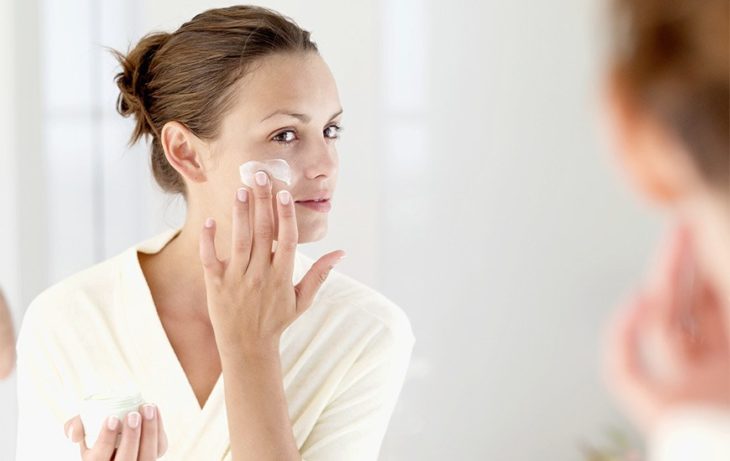
Source: self
Even if you don’t have enough time to get ready, you always need to moisturize your skin. Applying makeup on not-prepped skin can look dry, flakey, and even cakey. Every morning you should dive into your skincare routine with cleanser, toner, sunscreen, and finally moisturizer. That will hydrate your skin while creating a smooth canvas to start your makeup routine.
If you want to step it up a notch, you can apply a moisturizing primer after your regular moisturizer. That will ensure that your makeup will glide on your skin perfectly without looking dry.
3. Apply the right amount
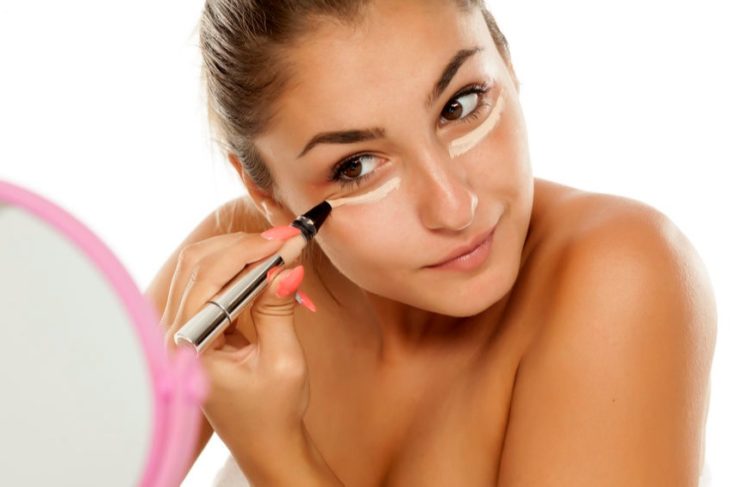
Source: Womantalk
We’re so used to watching our favorite YouTubers apply tons of makeup. While this looks good on photos, we can’t say the same about how it looks in real life.
Having tons of makeup on your skin is just going to make you look cakey and feel those dense layers on the top of your skin. You must assess the situation of what you want to cover to determine the amount you truly need.
For example, if you don’t have any imperfections on your face, but you have under-eye discoloration, you might want only to use concealer to cover up those areas instead of using foundation all over your face.
If you’re dealing with acne, you might feel the need to cover all of it. For this situation, you can work in thin layers to avoid applying only one dense layer that will emphasize all your imperfections.
4. Set Your Makeup Appropriately
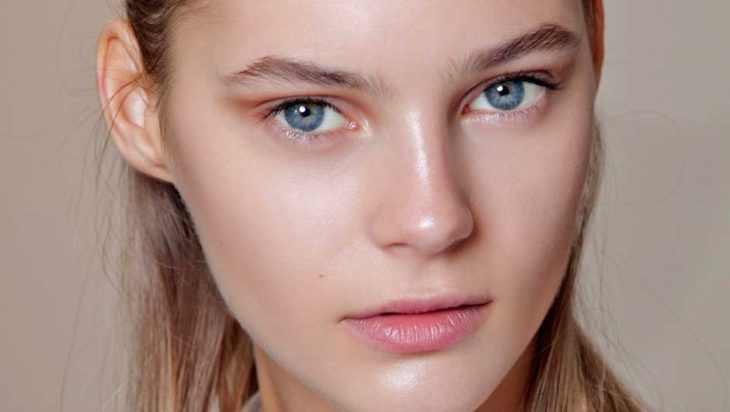
Source: the Beauty Bridge Connoisseur
You must set your makeup, but you need to apply the best technique according to your skin type. For oily skins, you might want to set slowly with powder or “bake” with a beauty sponge. These techniques will lock your makeup, and it won’t move throughout the day. Also, your natural oils will come through the foundation and powder, so you don’t have to worry about `cakeyness.`
In case you have dry skin, you might want to use a light layer of translucent powder or use one that has a slight sheen to it. Applying powder on bare skin can be tricky because there is a high chance of looking flakey and dry. Go with small amounts and touch up throughout the day if you need to.
5. Skin preparation
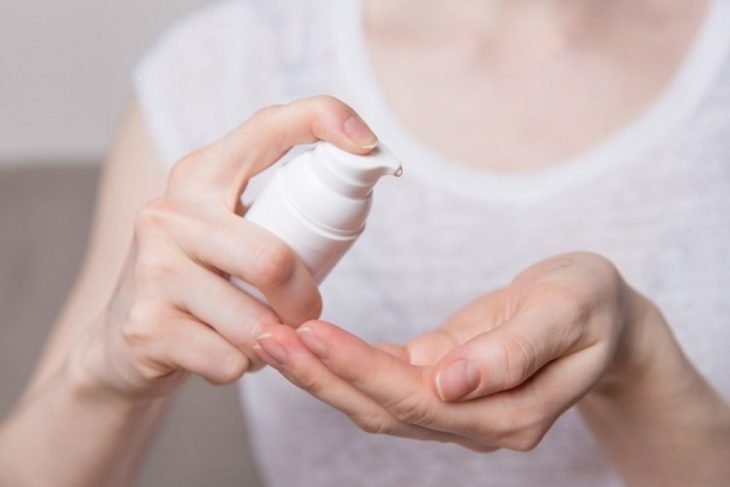
Source: Healthunbox
Before starting the makeup process, you must remove all traces of cleansing cream and tone the complexion to close the pores. If you have oily skin, do not worry. Although this complexion does not allow a prolonged permanence of the makeup, you can resort to moisturizers or special nourishing creams, which will not only eliminate shine but will make the makeup last longer.
6. The pre-base
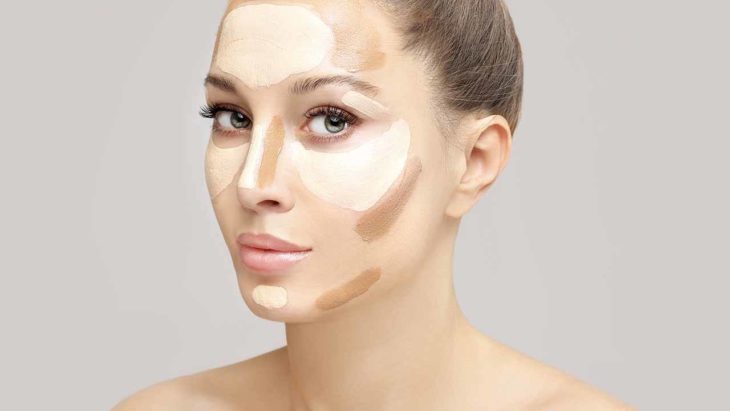
Source: Yahoo
Previously, we talked about the base. It is essential for covering skin imperfections. Now beauty houses have launched powders or colored plates that work as a pre-base, which correct and conceal defects such as dull complexion and other irregularities in the skin.
They come in four primary shades: mauve, blue, green, coral, and yellow. You can use the mauve colors if your skin is clear, and you need to highlight some key points or cover the yellowish tones of the complexion.
The blue tones are primarily for women with brown hair and white skin and help decrease the broken capillary vessels that are seen through the epidermis. Powders and green bases help soften the color of reddish skin, giving them more excellent uniformity and consistency.
Coral or salmon tones are ideal for dark-skinned people who lack uniformity in the dermis: Their texture gives them a healthy appearance.
In case of having a too dry complexion, you can replace the colored powders with liquid pre-bases, which are applied before makeup, and thanks to their light consistency, they easily blur and help to fix the cosmetics.
7. Base
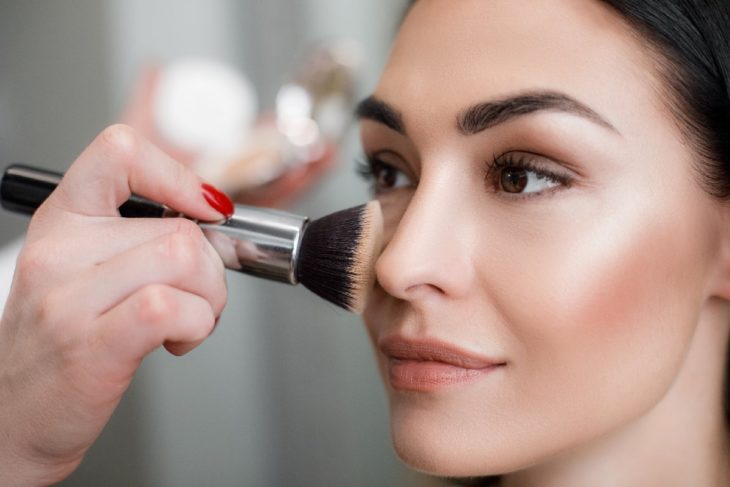
Source: Mitsou Magazine
The base is an essential element to give uniformity to the skin and match the tone of the face. Before using it, it is necessary to apply a light layer of neutralizer to establish the tone of your complexion. This product is not offered by all beauty houses and may be presented with other names, such as “tonic” before the base. However, it would be best if you didn’t buy it without trying it before in the store.
Remove all makeup and cover the face with the base, lightly applying the color that you think suits you best; then spread it and examine the color of your skin in daylight: it must be observed entirely soft and natural, uniform, healthy and bright.
If your skin is reddish, choose a neutral or beige base without any pink or coral hue.
If it is yellowish, choose a slightly pink color; and if it is yellowish-green, the coral range will give more life to its natural tone.
Final Thoughts
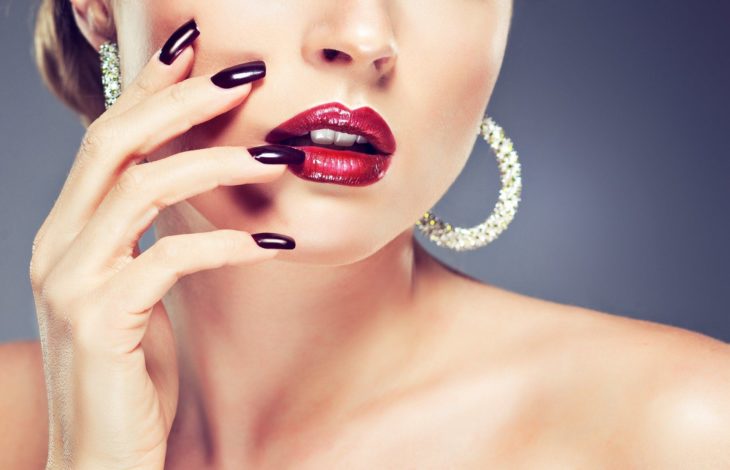
Source: AdobeStock
Makeup can enhance your natural beauty or make you look worse, depending on the techniques you use. It’s crucial that you know your skin type and works according to your needs.
Always apply thin layers, and don’t forget to set everything in the end!
